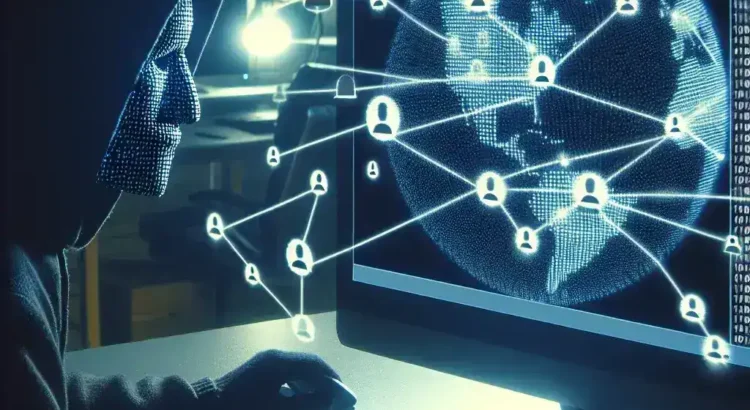Introduction
Video conferencing has become an essential tool for communication in today’s digital landscape, facilitating remote work, virtual meetings, and online collaborations. However, the increased reliance on these platforms has also made them a prime target for cybercriminals. Understanding how hackers exploit vulnerabilities in video conferencing platforms is crucial for maintaining security and protecting sensitive information.
Common Vulnerabilities in Video Conferencing Platforms
Unsecured Endpoints
Video conferencing involves multiple endpoints, such as computers, smartphones, and tablets. If these devices are not adequately secured, they can serve as entry points for hackers to infiltrate the system.
Weak Authentication Mechanisms
Platforms that lack robust authentication protocols are vulnerable to unauthorized access. Weak passwords, absence of multi-factor authentication, and poor session management can allow attackers to gain control over meetings.
Software Flaws and Bugs
Like any software, video conferencing platforms may contain bugs and security flaws. Hackers can exploit these vulnerabilities to breach data, intercept communications, or disrupt services.
Insecure Data Transmission
Data transmitted during video calls, including audio, video, and shared files, must be encrypted. Inadequate encryption can lead to data interception, allowing hackers to access sensitive information.
How Hackers Exploit These Vulnerabilities
Phishing Attacks
Hackers use phishing emails and messages to deceive users into revealing login credentials or downloading malicious software. By posing as legitimate video conferencing services, attackers can trick users into compromising their accounts.
Man-in-the-Middle (MitM) Attacks
In MitM attacks, hackers intercept the communication between users and the video conferencing platform. This allows them to eavesdrop, capture sensitive data, and potentially manipulate the information being exchanged.
Malware Injections
Exploiting software vulnerabilities, hackers can inject malware into the video conferencing platform. Such malware can disable security features, steal data, or provide backdoor access to the attacker.
Zoom Bombing and Meeting Hijacking
Unauthorized individuals can disrupt meetings by joining without permission, sharing inappropriate content, or stealing sensitive information discussed during the session. Weak meeting controls make it easier for hackers to carry out these attacks.
Preventive Measures and Best Practices
Implement Strong Authentication Protocols
Adopt robust authentication methods, such as multi-factor authentication, to enhance the security of video conferencing platforms. Encourage users to create strong, unique passwords and regularly update them.
Keep Software Updated
Regularly update video conferencing software to patch known vulnerabilities and ensure that the latest security features are in place. Prompt updates reduce the risk of exploitation.
Encrypt Data Transmission
Ensure that all data exchanged during video calls is encrypted using industry-standard protocols. Encryption protects against eavesdropping and data interception.
Secure Endpoints
Protect all devices used for video conferencing with up-to-date antivirus software, firewalls, and regular security audits. Securing endpoints minimizes the risk of hackers gaining access through compromised devices.
Educate Users
Provide training to users about the importance of security practices, recognizing phishing attempts, and maintaining the confidentiality of meeting links and credentials. Informed users are less likely to fall victim to attacks.
Use Secure Meeting Settings
Configure meeting settings to control access, such as requiring passwords for entry, enabling waiting rooms, and restricting screen sharing to authorized participants only. These measures help prevent unauthorized access and disruptions.
Conclusion
While video conferencing platforms offer significant benefits in terms of connectivity and collaboration, they also present potential security risks that hackers can exploit. By understanding common vulnerabilities and the methods attackers use, individuals and organizations can implement effective security measures. Adopting best practices and staying vigilant are essential steps in safeguarding virtual meetings against malicious threats.
